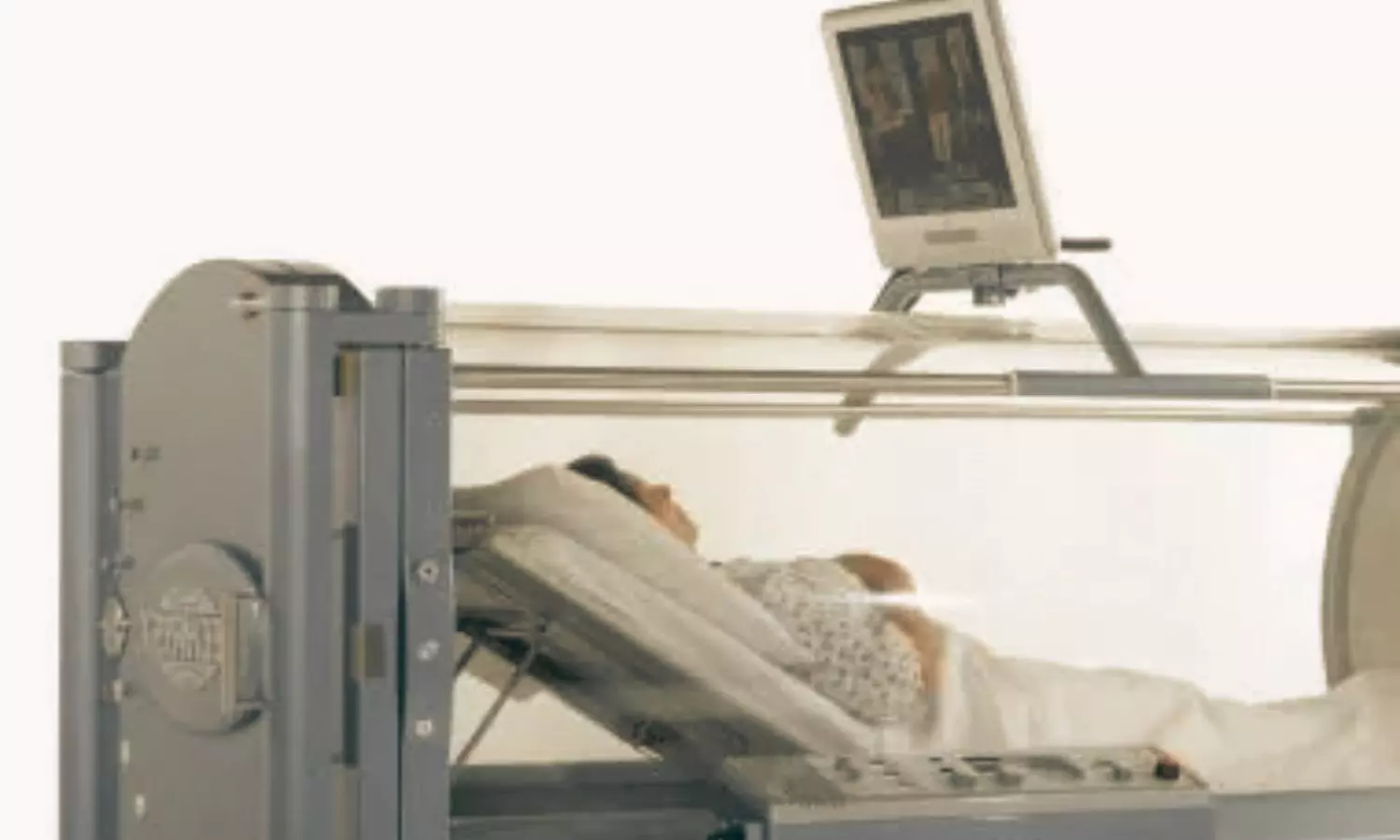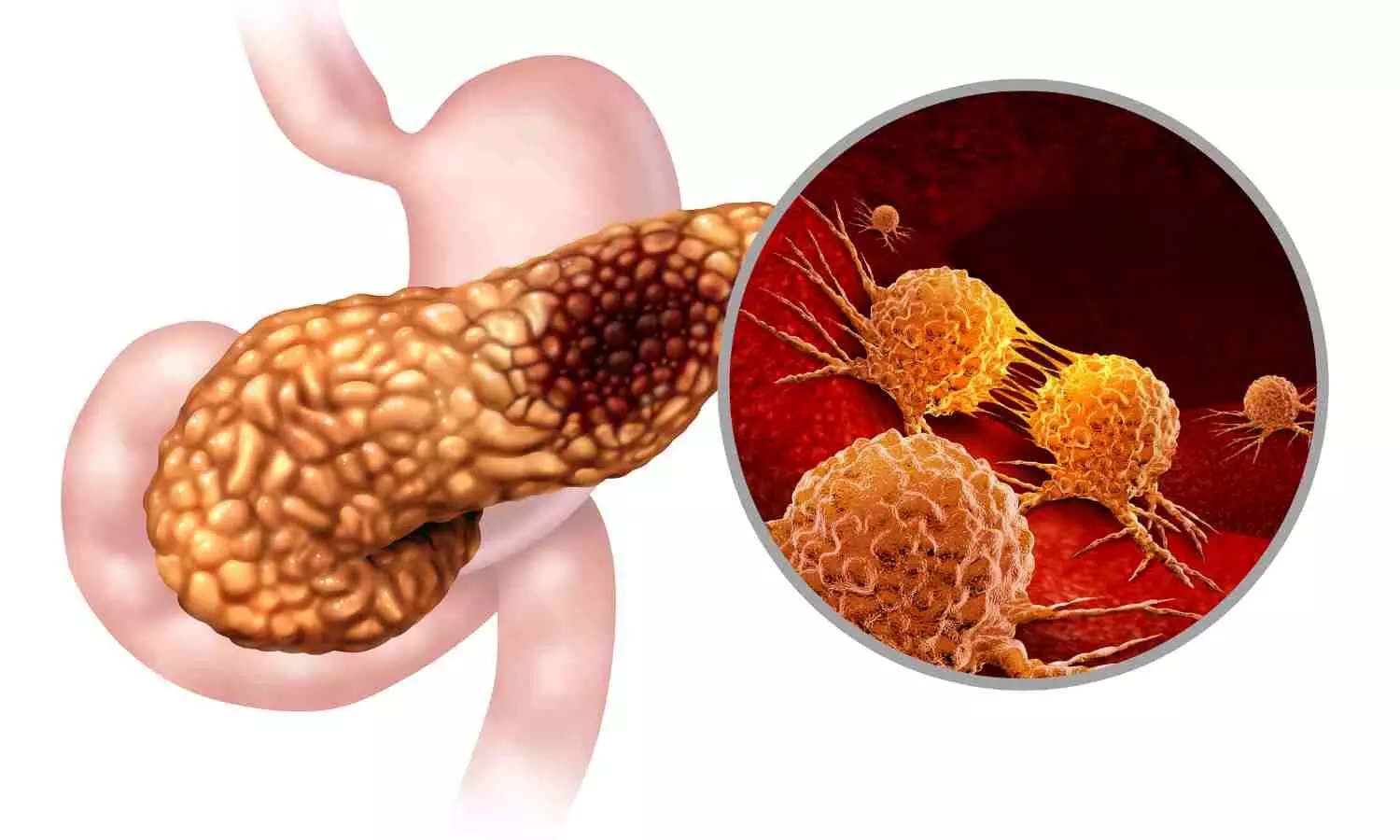- Home
- Medical news & Guidelines
- Anesthesiology
- Cardiology and CTVS
- Critical Care
- Dentistry
- Dermatology
- Diabetes and Endocrinology
- ENT
- Gastroenterology
- Medicine
- Nephrology
- Neurology
- Obstretics-Gynaecology
- Oncology
- Ophthalmology
- Orthopaedics
- Pediatrics-Neonatology
- Psychiatry
- Pulmonology
- Radiology
- Surgery
- Urology
- Laboratory Medicine
- Diet
- Nursing
- Paramedical
- Physiotherapy
- Health news
- Fact Check
- Bone Health Fact Check
- Brain Health Fact Check
- Cancer Related Fact Check
- Child Care Fact Check
- Dental and oral health fact check
- Diabetes and metabolic health fact check
- Diet and Nutrition Fact Check
- Eye and ENT Care Fact Check
- Fitness fact check
- Gut health fact check
- Heart health fact check
- Kidney health fact check
- Medical education fact check
- Men's health fact check
- Respiratory fact check
- Skin and hair care fact check
- Vaccine and Immunization fact check
- Women's health fact check
- AYUSH
- State News
- Andaman and Nicobar Islands
- Andhra Pradesh
- Arunachal Pradesh
- Assam
- Bihar
- Chandigarh
- Chattisgarh
- Dadra and Nagar Haveli
- Daman and Diu
- Delhi
- Goa
- Gujarat
- Haryana
- Himachal Pradesh
- Jammu & Kashmir
- Jharkhand
- Karnataka
- Kerala
- Ladakh
- Lakshadweep
- Madhya Pradesh
- Maharashtra
- Manipur
- Meghalaya
- Mizoram
- Nagaland
- Odisha
- Puducherry
- Punjab
- Rajasthan
- Sikkim
- Tamil Nadu
- Telangana
- Tripura
- Uttar Pradesh
- Uttrakhand
- West Bengal
- Medical Education
- Industry
Low-Dose Positron Emission Mammography Shows Promise in Breast Cancer Detection

In a groundbreaking prospective study approved by the research ethics board, scientists have explored the feasibility of utilizing low-dose positron emission mammography (PEM) concurrently with magnetic resonance imaging (MRI) to identify breast cancer and assess its local extent.
The trial results were published in the journal Radiology: Imaging Cancer.
The early detection of breast cancer is crucial for improving overall survival rates. While mammography is the primary imaging modality, challenges persist in detecting nonpalpable lesions, especially in patients with dense breast tissue. Advances in modalities like MRI, contrast-enhanced mammography, and molecular breast imaging (MBI) show promise in overcoming these limitations. This study explores the feasibility of low-dose positron emission mammography (PEM) alongside MRI for effective breast cancer identification and localization.
The research, conducted with newly diagnosed breast cancer patients undergoing concurrent breast MRI acquisitions, included participants independent of breast density, tumor size, and histopathologic cancer subtype. Low-dose PEM, utilizing up to 185 MBq of fluorine 18–labeled fluorodeoxyglucose (18F-FDG), was administered. PEM images acquired 1- and 4 hours post-injection, were reviewed by two breast radiologists unaware of cancer locations. The findings were then correlated with histopathologic results. Logistic regression and summary statistics were employed for detection accuracy and participant details, and a comparative analysis with MRI assessed the efficacy of PEM in detecting additional lesions.
Results:
The cohort consisted of 25 female participants with a median age of 52 years.
Remarkably, low-dose PEM identified 96% (24 out of 25) of cancers, including 19 invasive cancers and five in situ diseases, from 100 sets of bilateral images.
This performance was maintained even after 3 hours of radiotracer uptake.
The median size of invasive cancers detected was 31 mm, ranging from 10 to 120 mm.
Notably, three additional in situ grade 2 lesions were missed at PEM, though the study did not find a statistically significant difference.
False-positive additional lesions were less frequent with PEM compared to MRI (16% vs. 62%; P = .14), highlighting the potential of PEM in minimizing false-positive results.
The study presents compelling evidence supporting the feasibility of a low-dose PEM system in the detection of invasive breast cancer. While acknowledging the need for large-scale clinical trials to validate these initial findings, this research underscores the promising role of low-dose PEM as an imaging tool in the diagnosis of breast cancer. The potential implications of this innovative approach could significantly contribute to enhancing accuracy and reducing false positives in breast cancer detection, ultimately improving patient outcomes.
Further reading: Freitas V, Li X, Scaranelo A, et al. Breast Cancer Detection Using a Low-Dose Positron Emission Digital Mammography System. Radiol Imaging Cancer. 2024;6(2):e230020. doi:10.1148/rycan.230020
BDS, MDS
Dr.Niharika Harsha B (BDS,MDS) completed her BDS from Govt Dental College, Hyderabad and MDS from Dr.NTR University of health sciences(Now Kaloji Rao University). She has 4 years of private dental practice and worked for 2 years as Consultant Oral Radiologist at a Dental Imaging Centre in Hyderabad. She worked as Research Assistant and scientific writer in the development of Oral Anti cancer screening device with her seniors. She has a deep intriguing wish in writing highly engaging, captivating and informative medical content for a wider audience. She can be contacted at editorial@medicaldialogues.in.
Dr Kamal Kant Kohli-MBBS, DTCD- a chest specialist with more than 30 years of practice and a flair for writing clinical articles, Dr Kamal Kant Kohli joined Medical Dialogues as a Chief Editor of Medical News. Besides writing articles, as an editor, he proofreads and verifies all the medical content published on Medical Dialogues including those coming from journals, studies,medical conferences,guidelines etc. Email: drkohli@medicaldialogues.in. Contact no. 011-43720751




